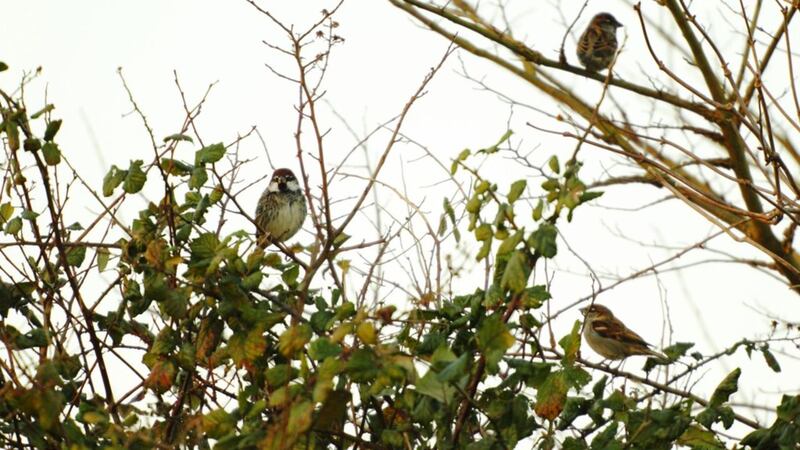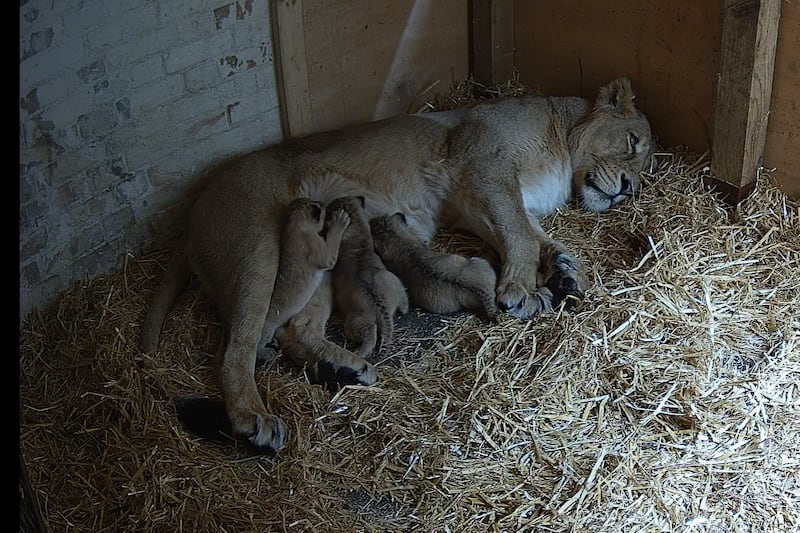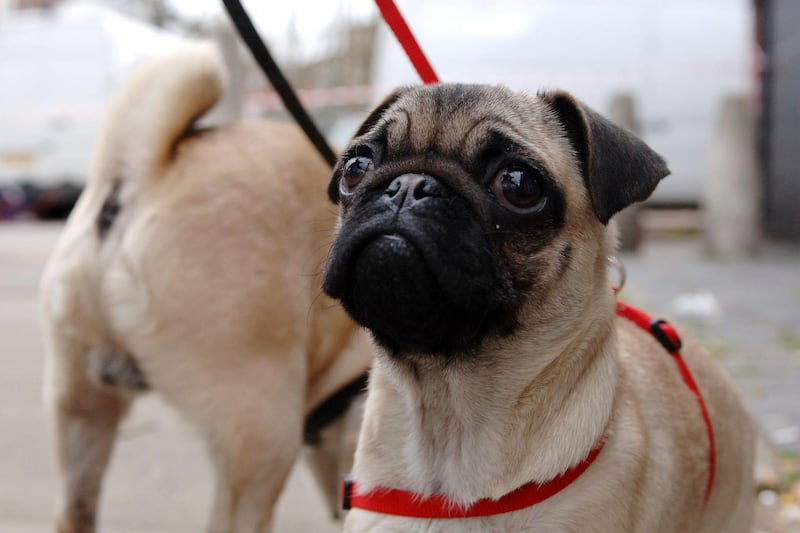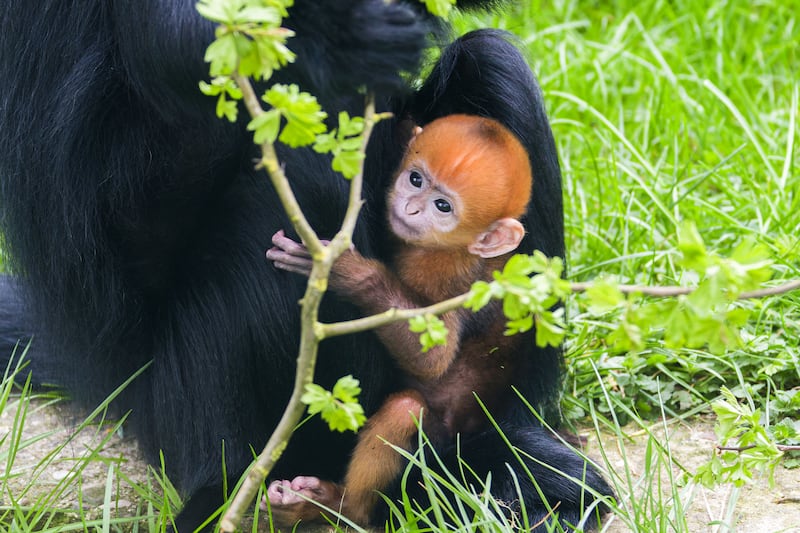Bird and bumblebee species that nest late in the year are suffering more from the destruction of habitats, new research suggests.
With habitats such as hedgerows and hay meadows in decline in many countries fewer nest sites are available, which is leading to more competition.
A study found that species which nest late – in April or May rather than February or March – are declining more than other species, with the larger birds and bumblebees worst affected.
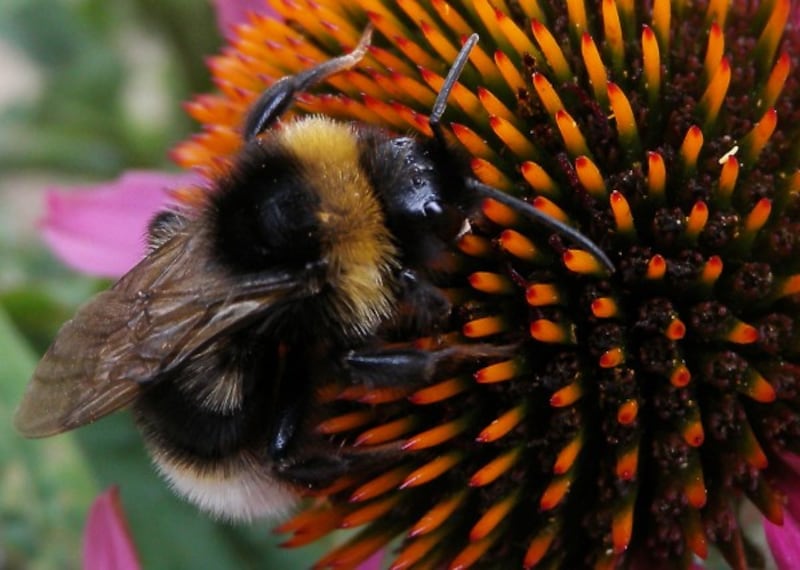
The research goes some way to unravelling the mystery of why numbers of some closely related species, such as the thriving chaffinch and the struggling goldfinch, are moving in different directions.
“The effects of habitat destruction are complicated, but we must understand them if we are going to save threatened species,” said Dr Andrew Higginson, of the University of Exeter.
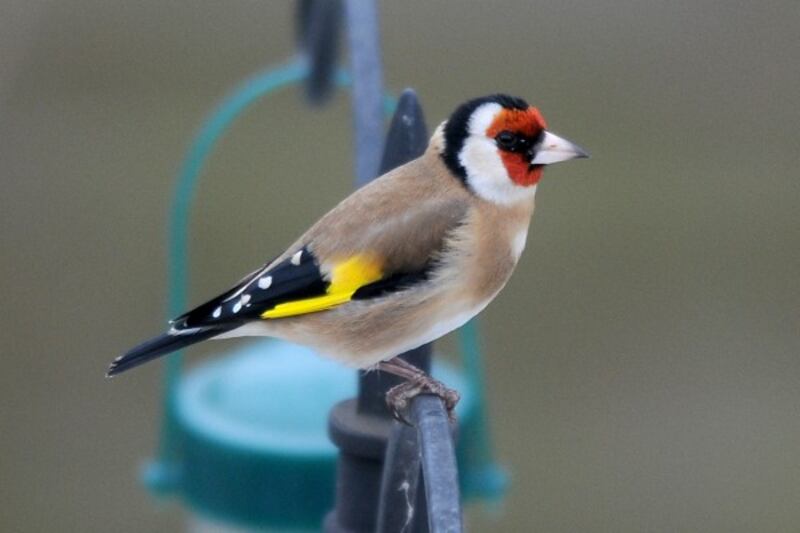
“The loss of nest sites due to damage to the environment is an important cause of species extinctions.
“Ecologists understand why some groups of species are declining more, such as why farmland species are declining more than woodland species.
“But an enduring mystery is the big variation in the declines of closely related species.
“Fighting over nest sites may be part of reason – when nest sites are hard to come by, the species that will suffer most are ones that nest later in the year.”
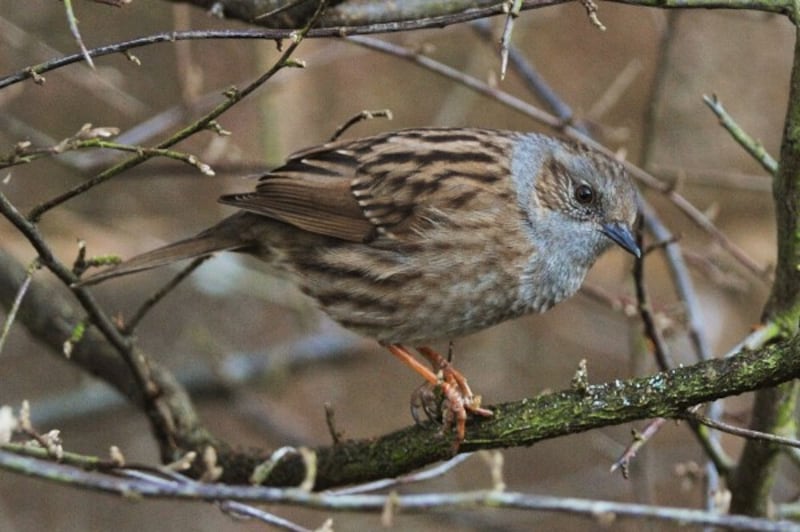
The study combined mathematical modelling with an analysis of population changes in 221 bird and 43 bumblebee species worldwide.
A mathematical model of searching for and fighting over nest sites was created and predicted when different species should fight for nest sites depending on their size, the time that they nest and the quality of the nest site.
It shows that if animals are still doing what they did before habitat damage caused by decades of agricultural intensification, then large, early-nesting species such as great tits will be fine, but late-nesting species such as tree sparrows will decline.
“Surprisingly, the model predicts that the large species will suffer much more from being late nesters,” said Dr Higginson.
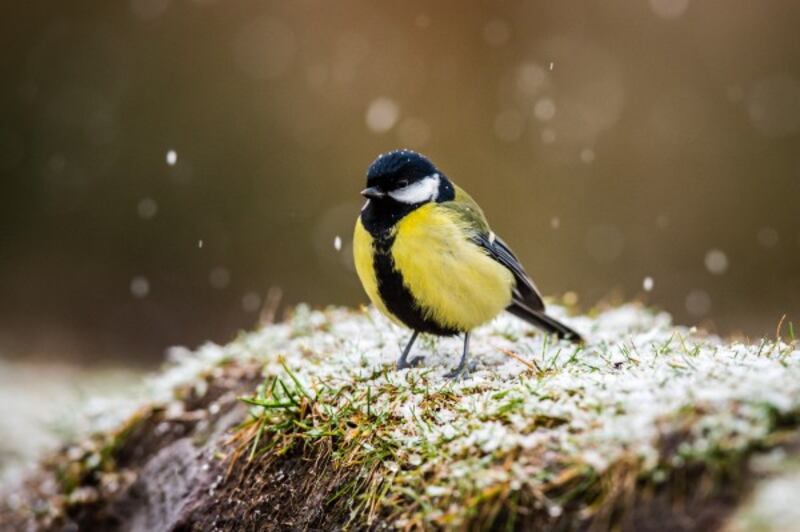
“This happens because large species know they can beat small species if they find a good nest site.
“So while smaller species settle for what they can find, the larger ones keep looking and end up failing to breed.”
Dr Higginson tested this prediction by collecting data on the declines of birds and bees over the 20th century, their body size, and when and where they nest. Birds were in North America and Europe, and bumblebees were in five countries.
In all these data sets, the predictions of the model were supported. This suggests that the model is correct about how animals behave when looking for nest sites, and that nest sites are important in determining difference between species in their losses.
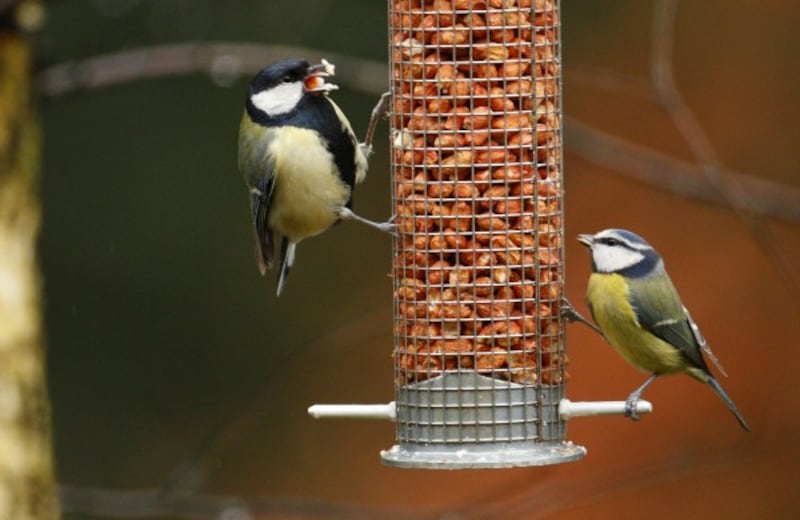
Dr Higginson said the study suggested that conservation focus might need to be reconsidered.
“So far, conservationists have focused on providing enough food for animals such as birds and bees, such as the important bee-friendly flowers in gardens,” he said.
“These results suggest that to save rare species we need more focus on making sure that they have enough places to nest.”
He added: “To save bumblebees, people could let part of their garden grow wild between early spring and late summer.”
The research is published in the journal Behavioural Ecology And Sociobiology.
